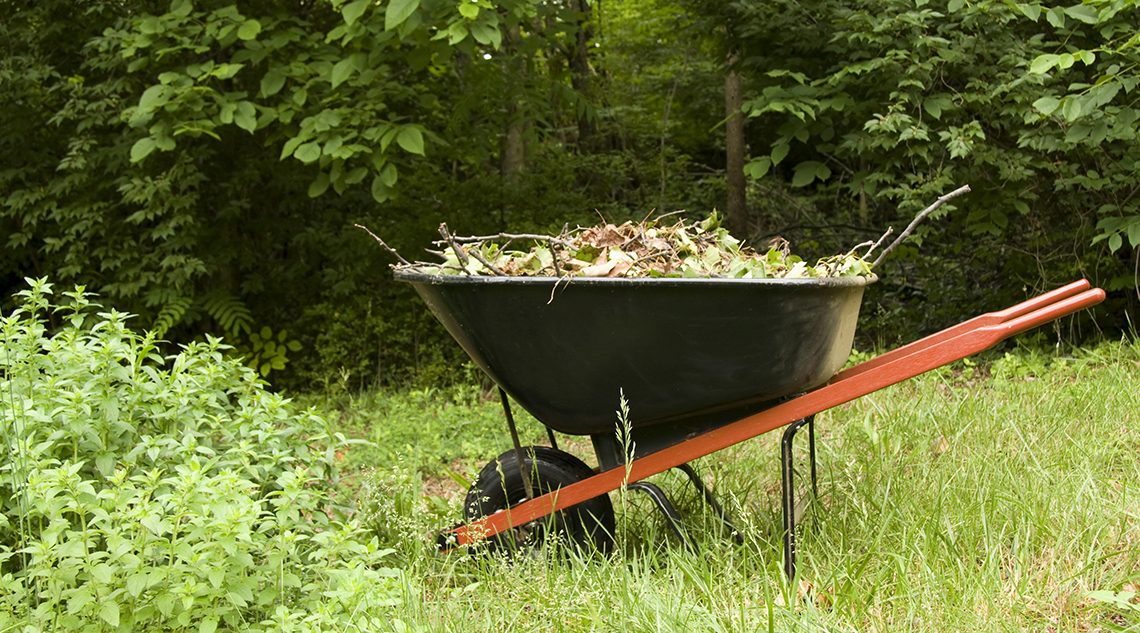Who doesn’t like the feel of thick, soft grass under bare feet in the summertime? Nothing beats a nice patch of grass as a playground for children and pets. But if you’re focused on the environment, only grow grass where you really want it because a lawn is the most expensive and highest-maintenance part of your yard.
Tips for a Natural Lawn
Consider using natural fertilizers instead of high-powered chemicals. And only water when necessary. If you have underground sprinklers, check them regularly to make sure they are watering the grass and not the driveway or house.
When you mow, leave grass clippings on the lawn. Sometimes referred to as “grass-cycling,” this provides nutrients (nitrogen and phosphorous) equivalent to one application of fertilizer. For effective grass-cycling wait until your lawn is three inches tall, then set the mower height to remove one inch. Clippings left on the lawn will quickly disappear from view.
Wildflower Farm’s newly developed “eco-lawn” grass seed is a drought-tolerant blend of grasses that requires little or no mowing and no fertilizer. To switch to this kind of lawn, simply cut your existing lawn as short as possible and overseed with eco-lawn seed (best done in early fall).
Edible Beauty
As for the rest of your yard, try growing at least one thing you like to eat. Even if you don’t have much space you can grow a tomato vine or some lettuce in a pot.
If you have space for a garden, you will be amazed at how much food you can grow under the proper conditions. Good soil, the right amount of water, and sunlight – those are the basics. Add flowers to attract insects that help with pollination. It’s also good to have a bird bath or other water source nearby to attract feathered friends. Birds eat millions of insects that would otherwise harm your garden. To grow more food in a given amount of space, train vines to grow up instead of out.
More Eco-Friendly Options
You can use pieces of cardboard in the garden for making walking paths and weed barriers. Newspapers may work also depending on the types of ink used. Watering in the early mornings is most efficient because there is less evaporation.
Use food scraps mixed with chopped leaves and grass clippings to make compost. This natural fertilizer is great for your garden. Not only will you be reducing your impact on the environment, you will be enjoying the amazing benefits of eating your own fresh, organically grown produce. Home-grown food tastes marvelous, costs very little, is always fresh, and is very conveniently located.








